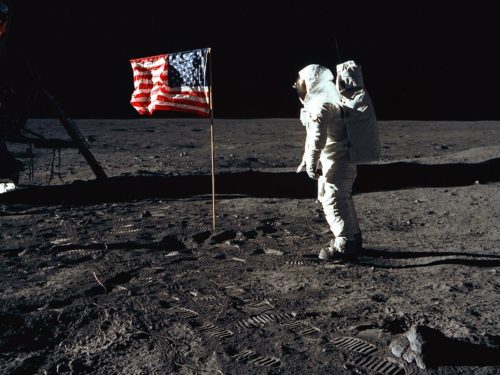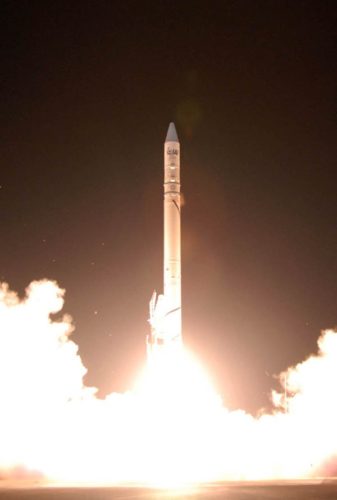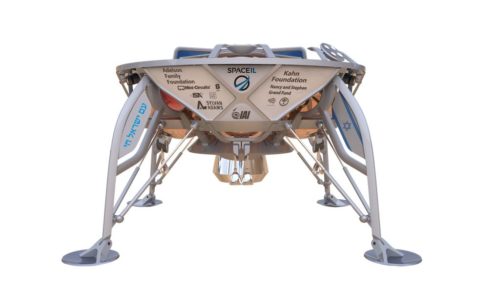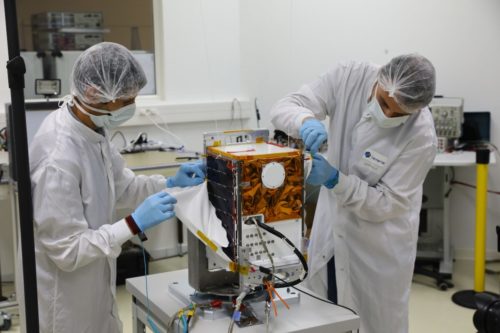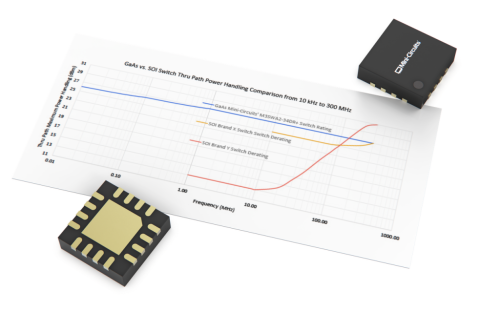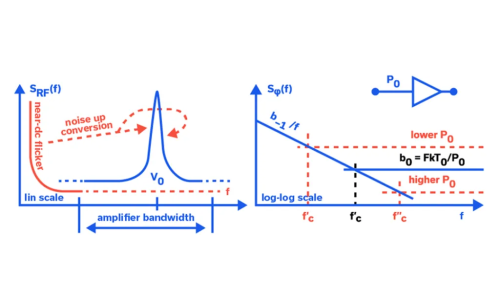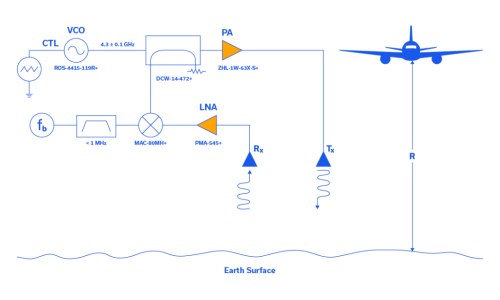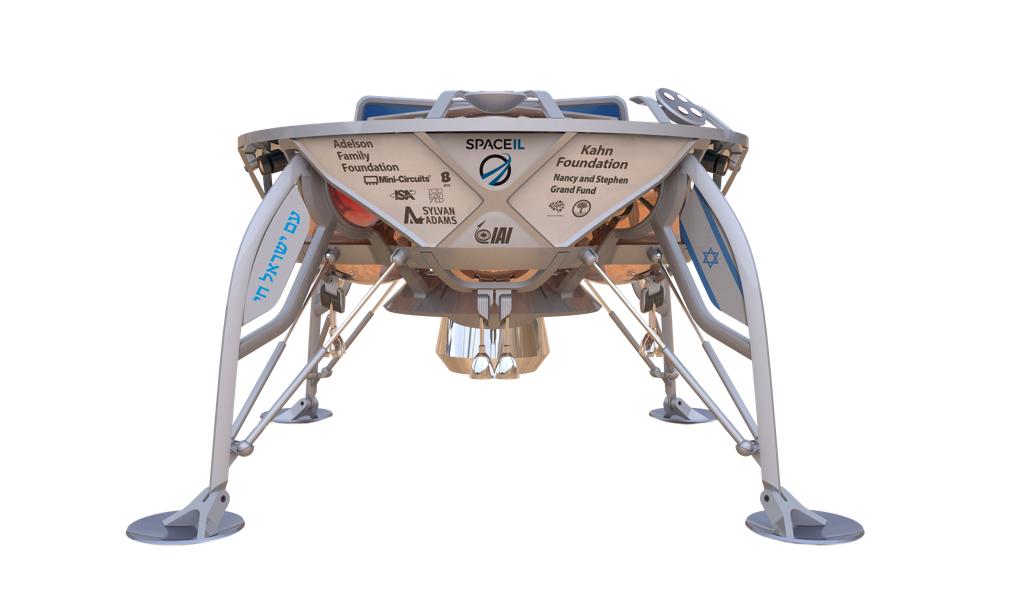
Shavit Space Launch Vehicle
Space IL – The Israeli Moon landing mission
Moshe Doubior, Business Development Manager
MCDI, Mini-Circuits Exclusive Representative in Israel
SpaceIL – Small Country, Big Dreams
The adventure began in 2011 with SpaceIL as the dream of three Israeli entrepreneurs: Yariv Bash, Kfir Damari, and Yehonatan Weintraub, and swiftly grew into a national project with numerous funders, collaborators, employees, and volunteers. Harvey Kaylie, the founder of Mini-Circuits (Z”L), became aware of this project and was one of the first to support this unique and historic endeavor aiming at strengthening the high-tech sector, promote education and see Mini-Circuits’ name literally reach the moon.
SpaceIL, a non-profit organization created in 2011, aimed to put the first Israeli spacecraft on the Moon. They opted to take on the international challenge set by Google Lunar XPRIZE: to build, launch, and land an unmanned spacecraft on the Moon. SpaceIL created history in October 2015 when it became the first team to announce a signed launch contract, an actual “ticket to the Moon”! In January 2017, SpaceIL was designated one of the competition’s five finalists. On March 31, 2018, the tournament officially ended with no winners as Google discontinued their support. Regardless, SpaceIL remained committed to fulfilling its mission of landing on the Moon and expanding science and technology education in Israel.
On February 22, 2019, Israel’s first spacecraft, “Beresheet” (Genesis) successfully launched from Florida on a two-month mission to land on the moon.
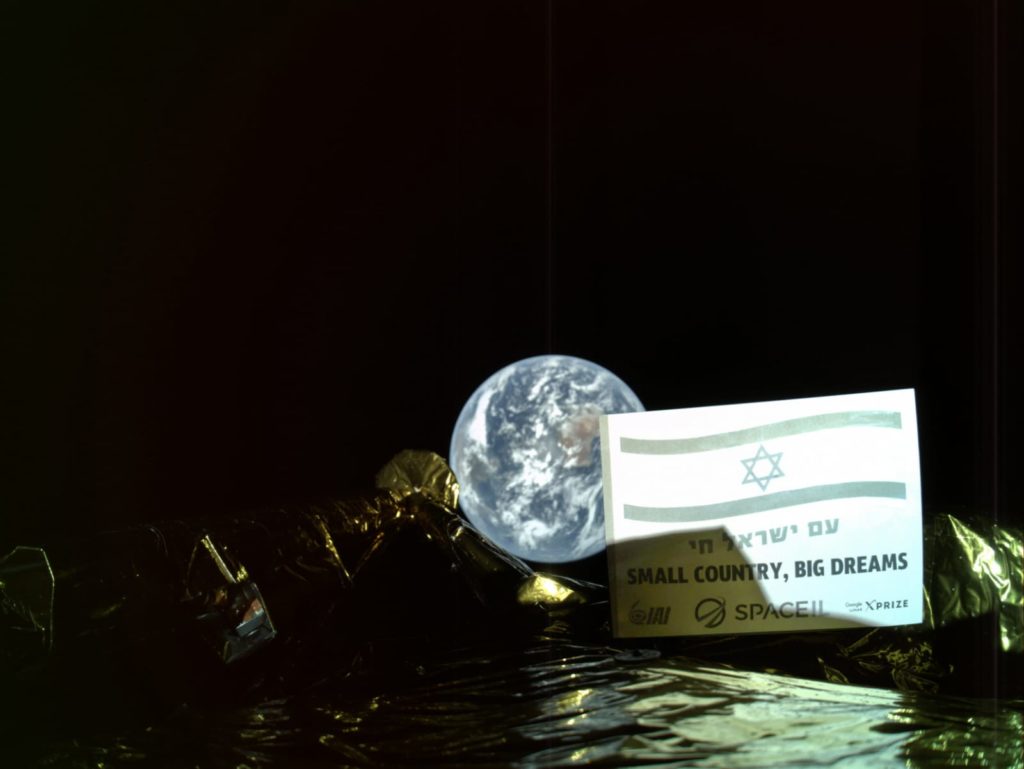
Beresheet began orbiting Earth in continuously expanding orbits after launch, eventually reaching the Moon’s orbit for its final phase and landing. On April 11, 2019, Beresheet attempted to land on the Moon, but a series of technical issues resulted in a hard landing at 1 kilometer p/s onto the moon’s surface. Naturally, I was following the SpaceIL adventure for a long time and watched live the attempt to land on the moon with great hope for a successful outcome. When the communication with the lander was lost for long tense minutes, I was still hoping for the best but knew that something went wrong. When the SpaceIL team finally declared that the Beresheet lander had made a hard landing on the Moon, I felt despair but at the same time was incredibly proud of my country.
Even if the goal was for a soft landing, the fact that such a private project with such a tiny budget (less than 100 million dollars) was able to reach the moon is an incredible feat in and of itself, and a credit to the SpaceIL team’s technological prowess. The Beresheet moon lander carried a data disk with information about Mini-Circuits and the Kaylie family, which now rest on the moon surface.
Learn more about the Beresheet mission: https://www.spaceil.com/beresheet-1
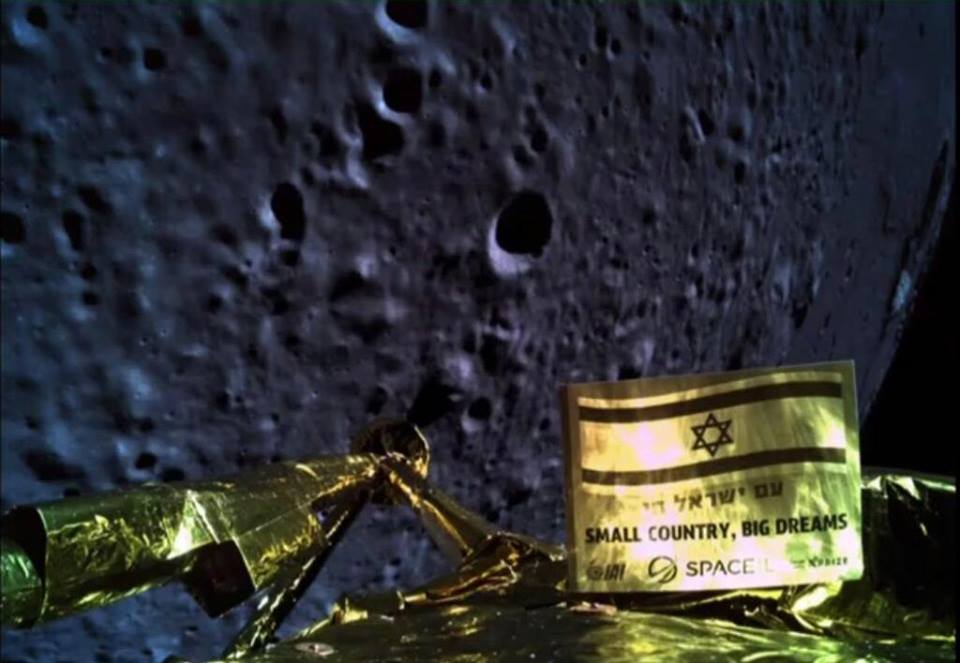
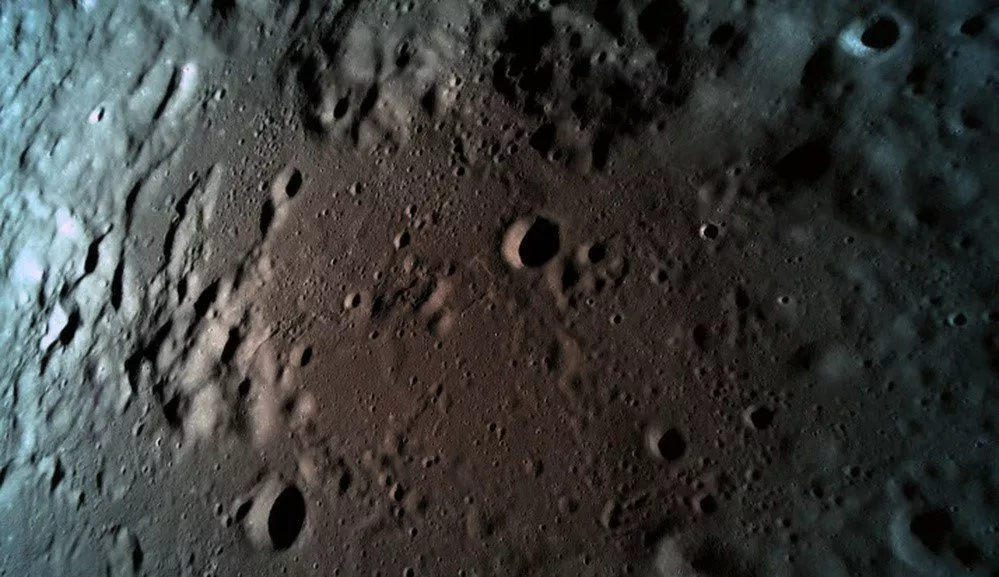
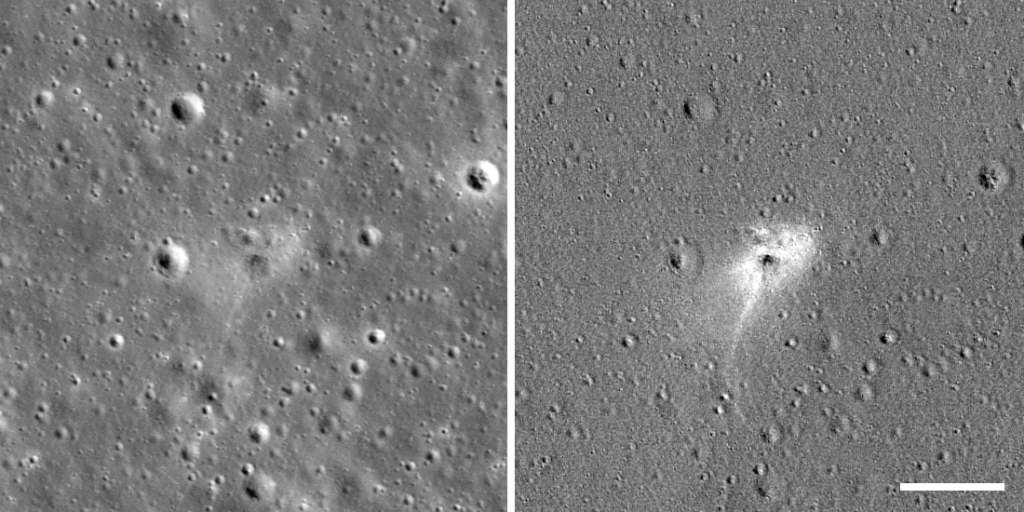
If you think SpaceIL gave up, think again! They are already working on the next daring mission, Beresheet2, which will carry out a variety of experiments. Mini-Circuits continues to be a proud supporter through Beresheet2.
Beresheet2 mission represents a significant increased level of complexity based on Beresheet’s original mission findings. The project will include 3 distinct spacecrafts:
- A mothership spacecraft that will orbit the moon for several years and execute a wide array of scientific experiments, educational projects for teenagers in Israel and the world. The mothership will also carry 2 moon landers:
- Two moon landers that will land in two distinct locations on the moon.
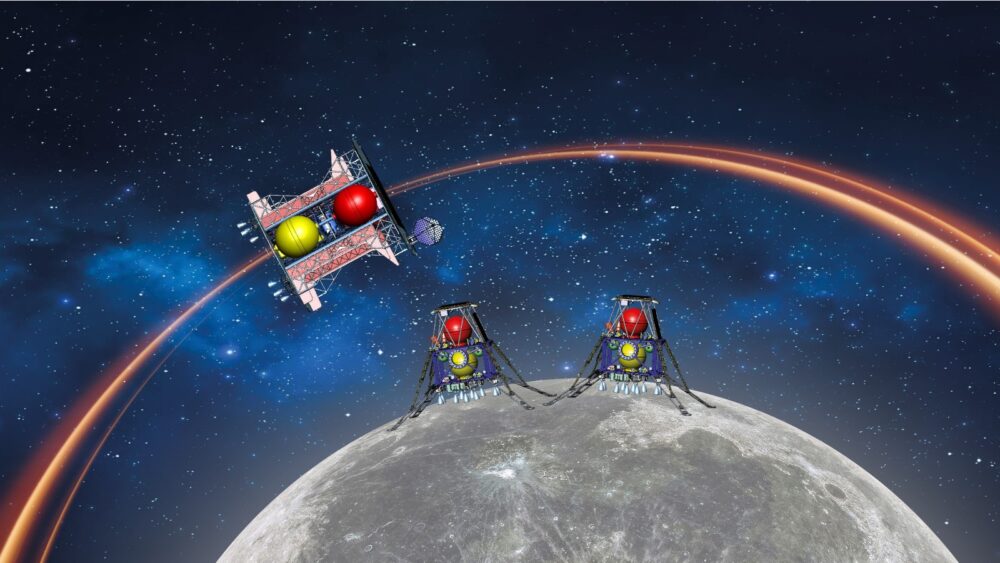
Beresheet2 is planned to launch in November 2024 and at the time of writing SpaceIL is starting the production of Beresheet2 after having completed the preliminary design review.
Learn more about the Beresheet2 project: https://www.spaceil.com/beresheet-2
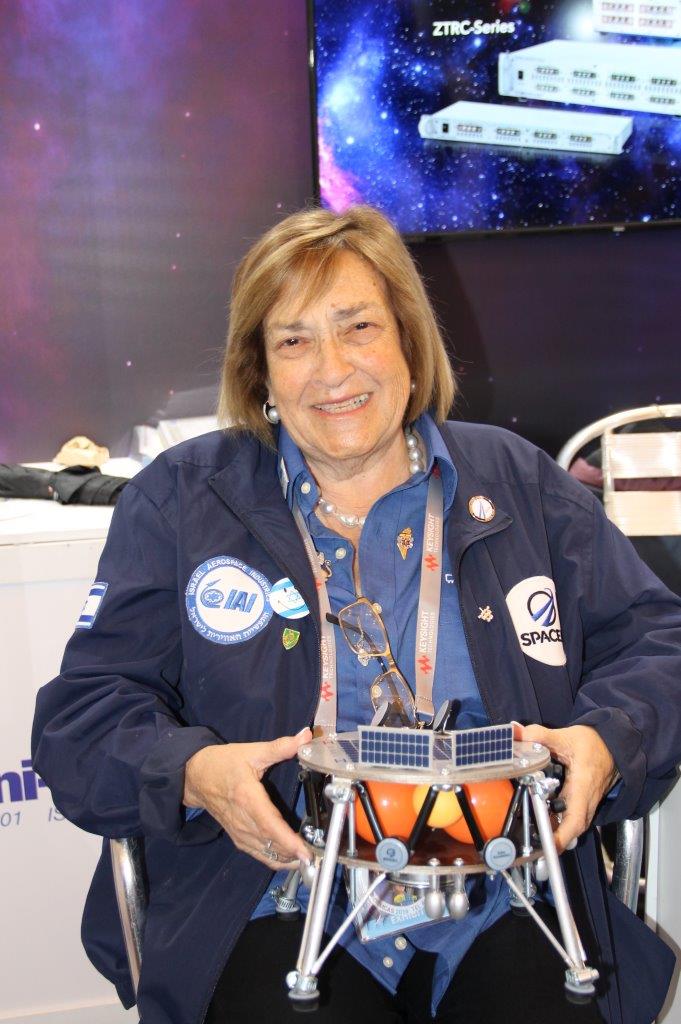
Other parts of this mini-series:


